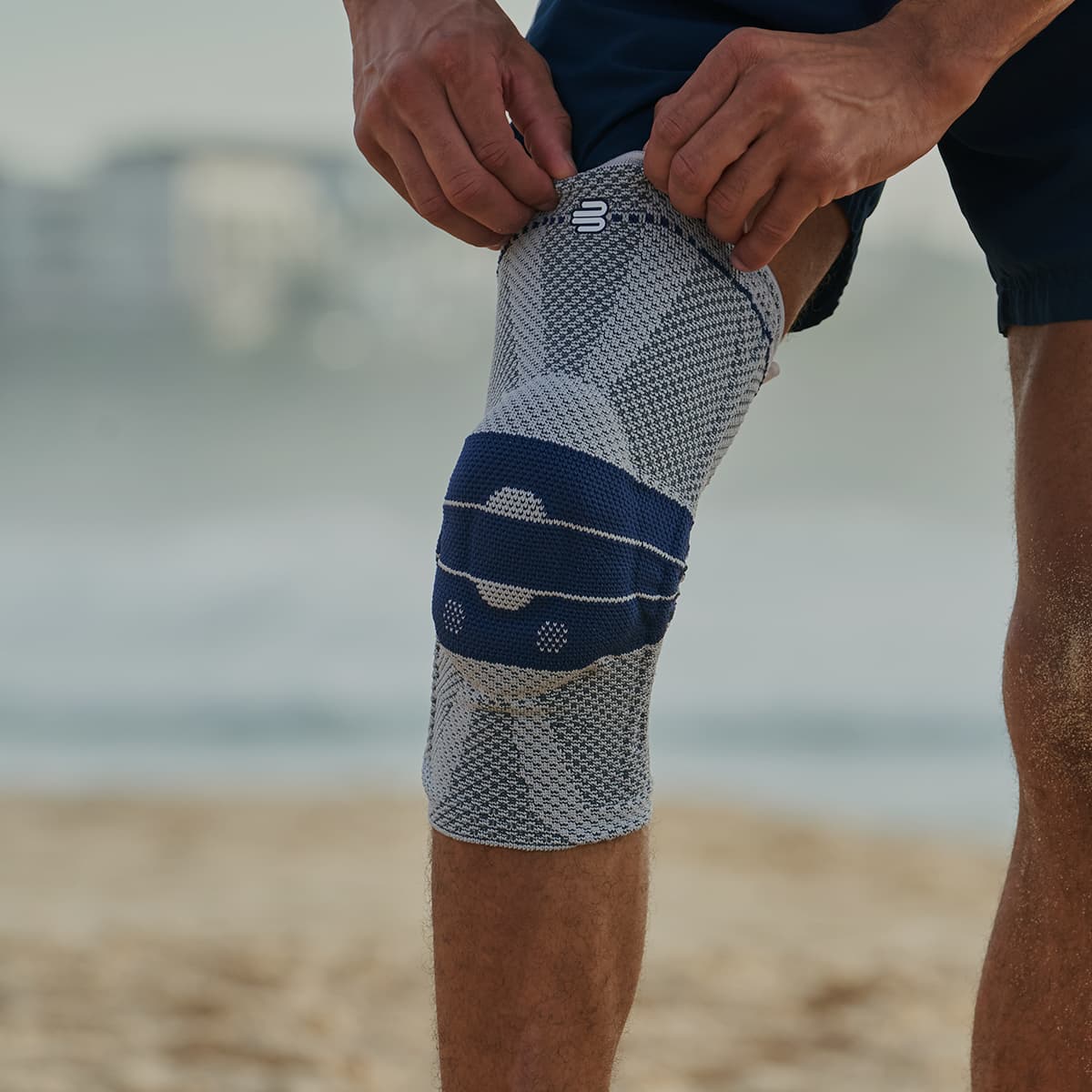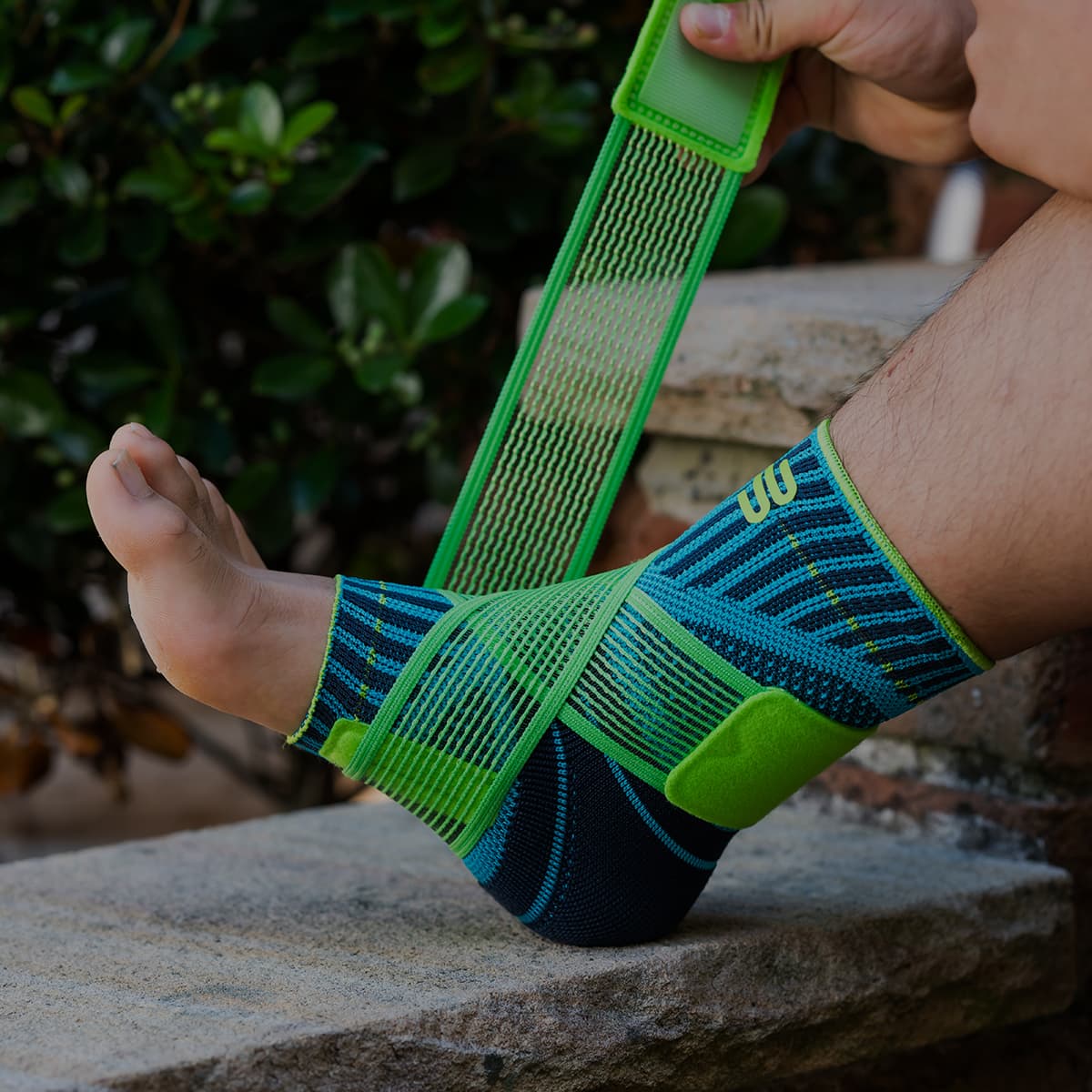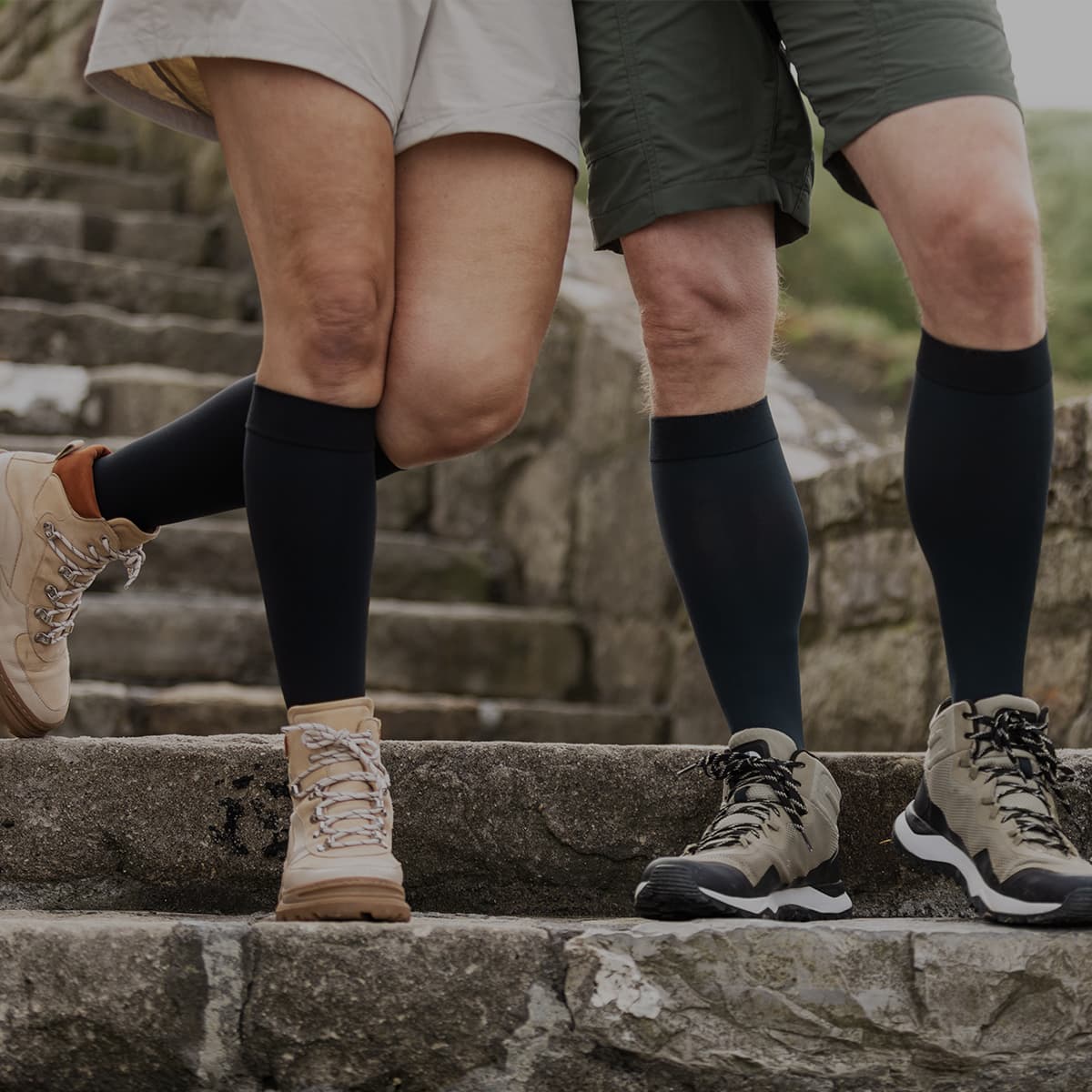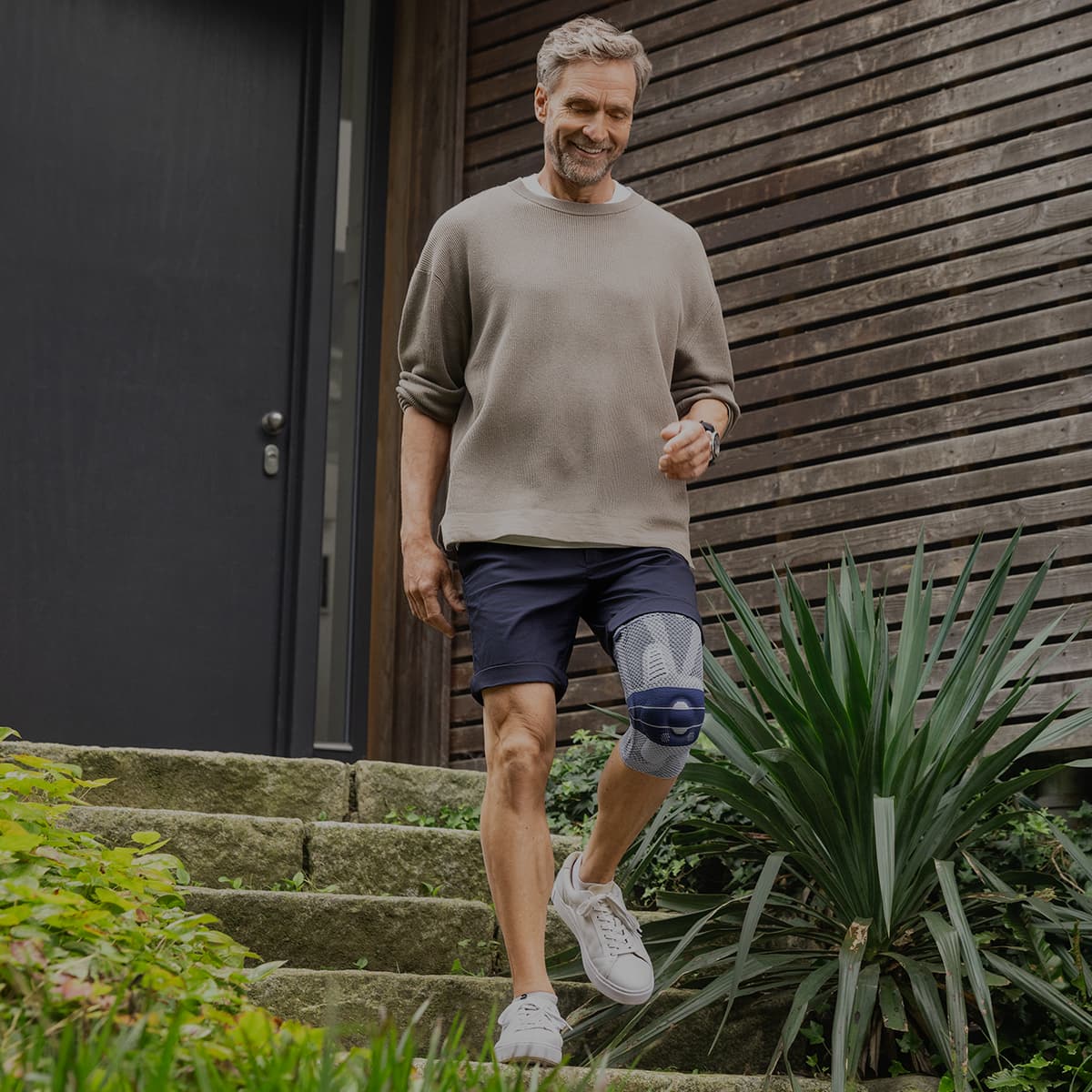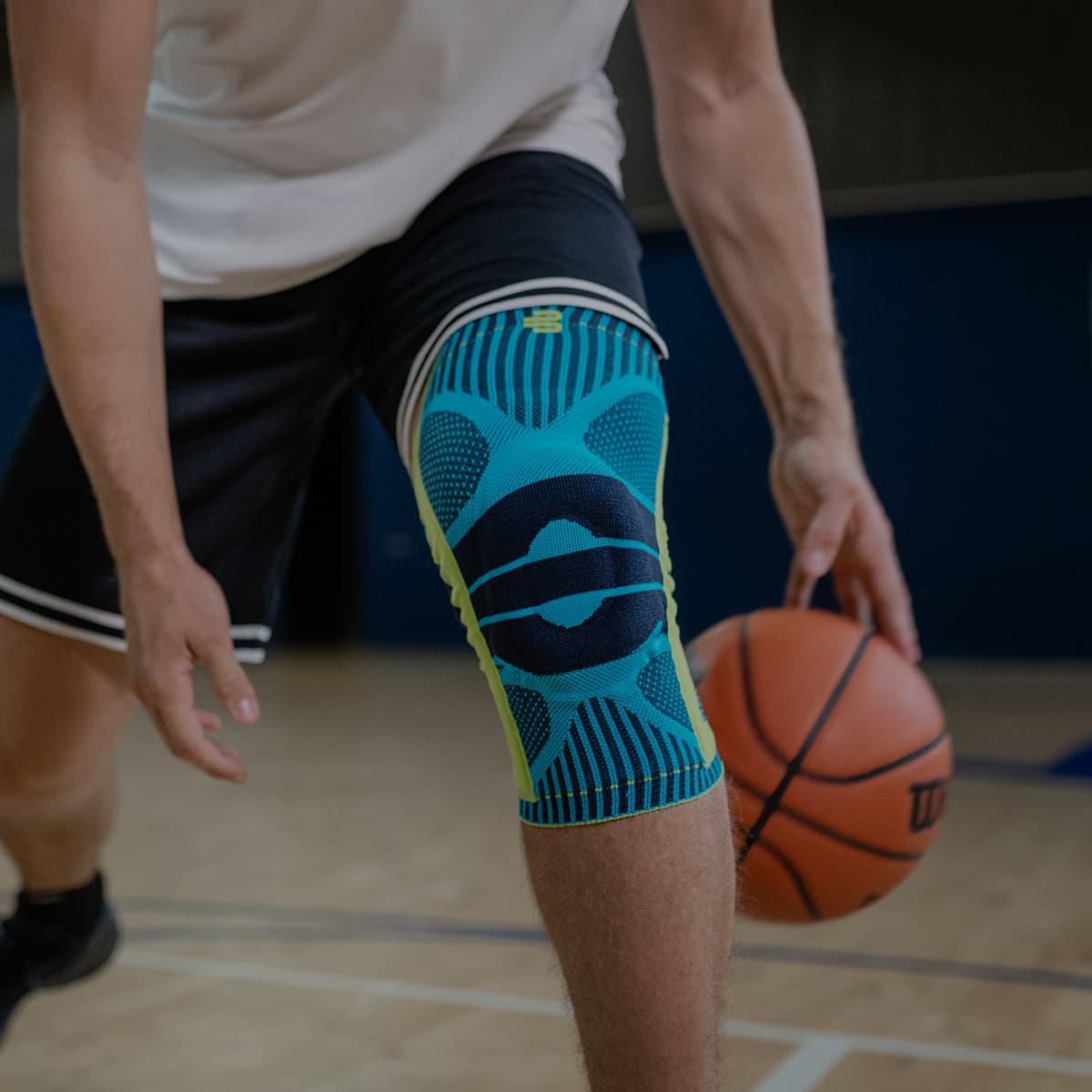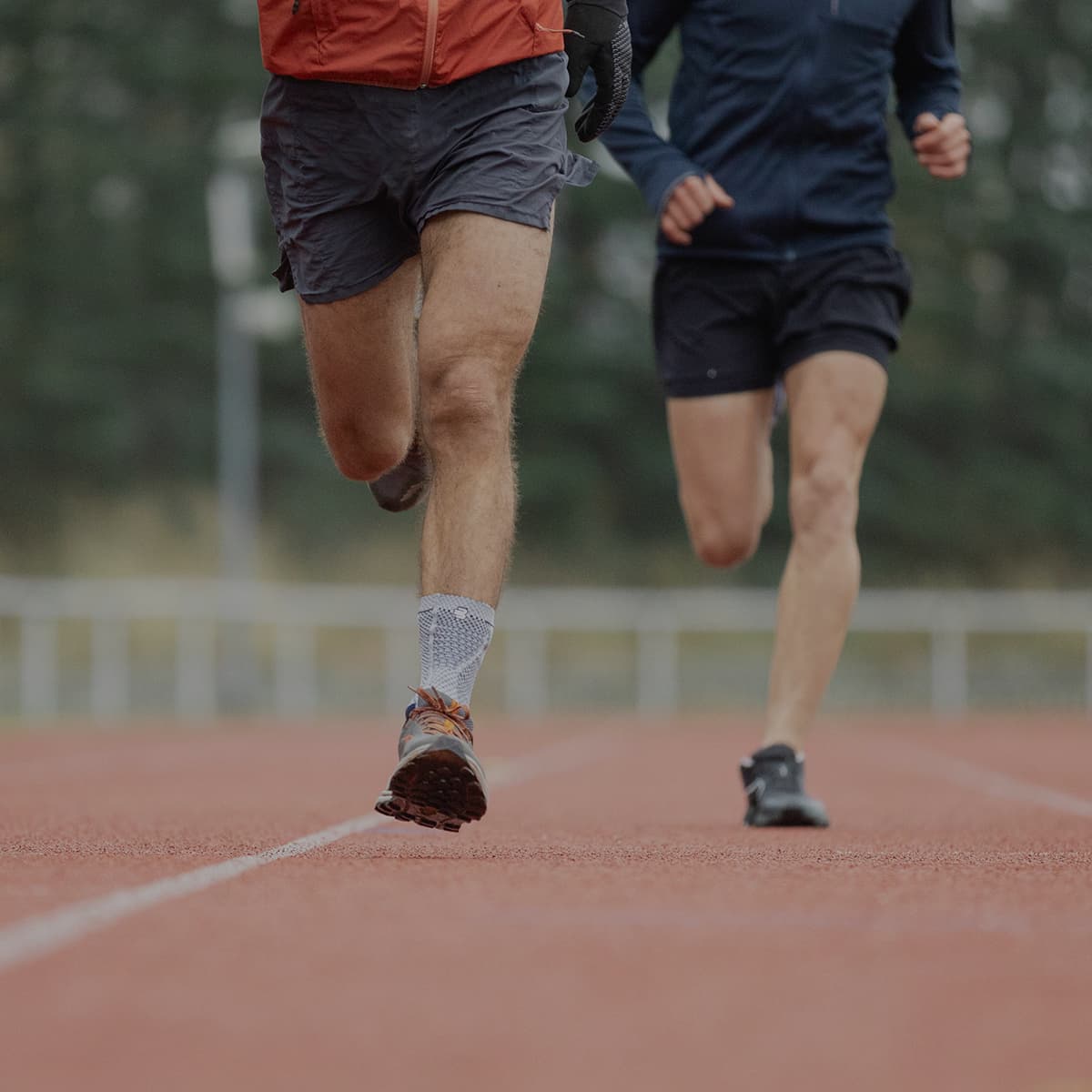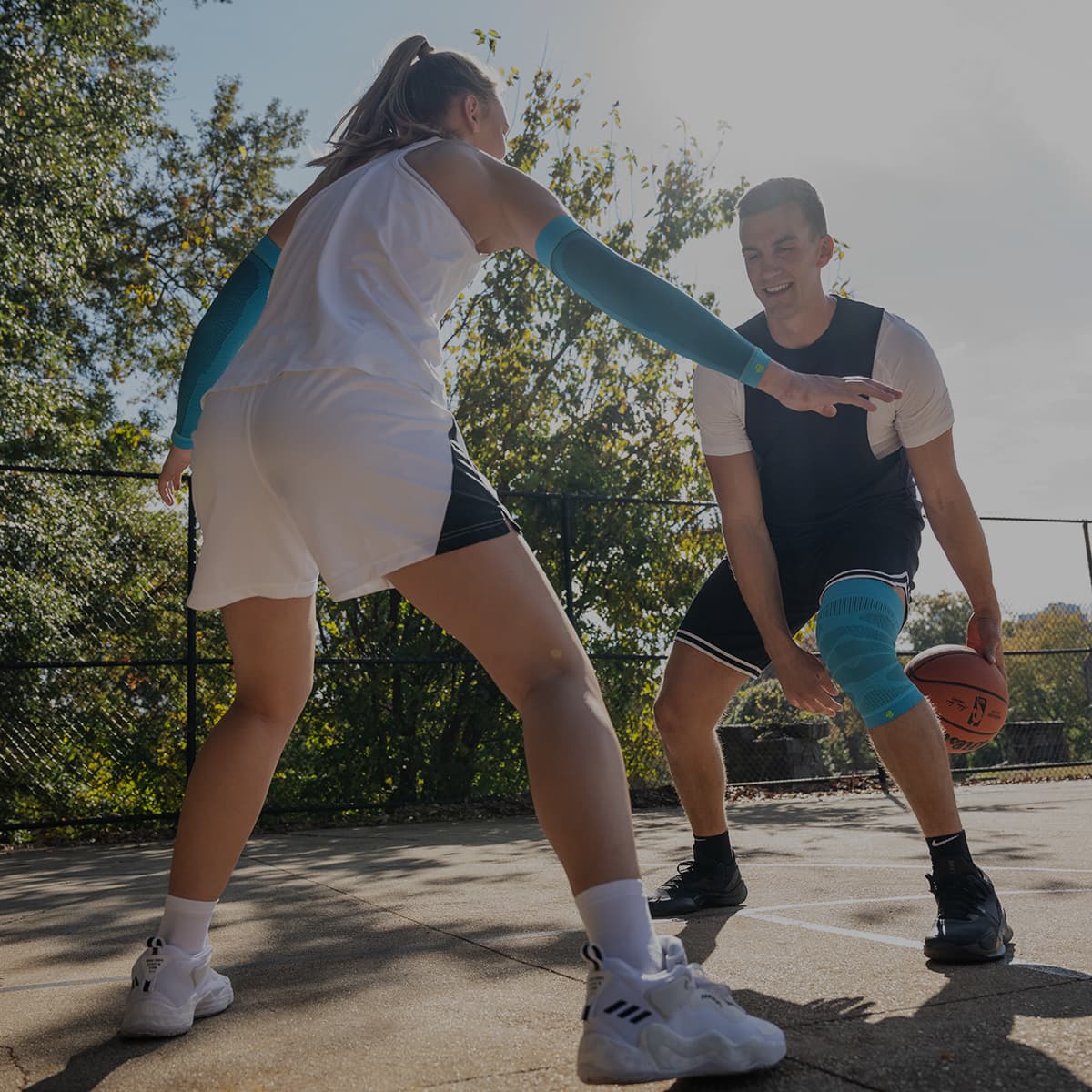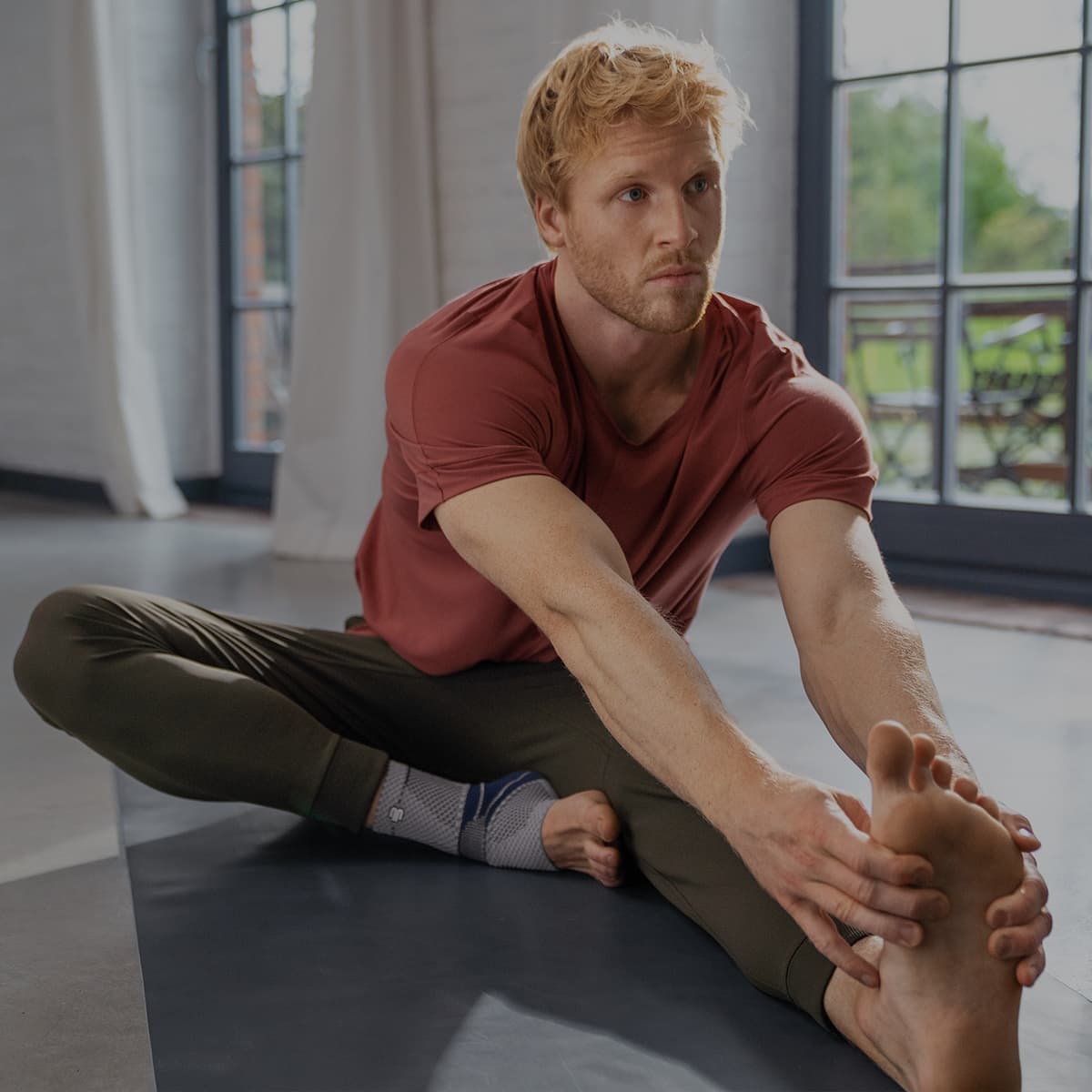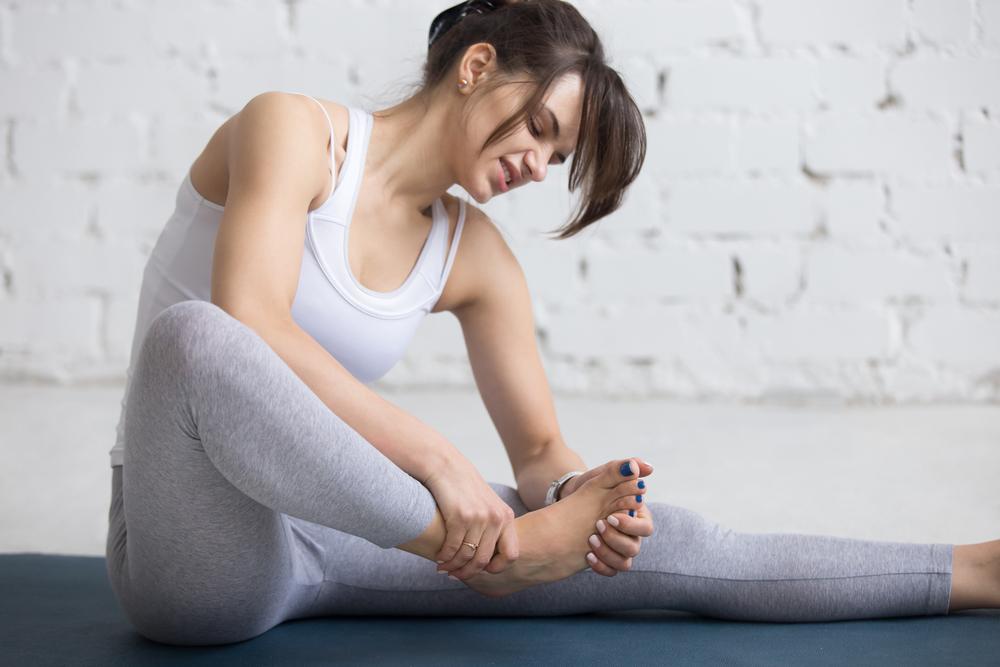Knee injuries are the most common of all joint injuries. This is due to overuse but also because there are so many different ligaments and joints. Just some of the knee injuries that can occur are, meniscus and ligament tears or strains, a fracture or dislocation, arthritis and swelling.
If you have suffered ligament damage, had a bad injury to the knee or have a recurring issue that’s become chronic, then it’s likely surgery will be offered as an option.
If you have gone through, or are about to go through, a reconstruction, replacement or rehabilitation here are some tips for post-op life for your knee.
What is knee surgery?
Surgery on the knee is generally classed as one of three different types of procedure. The severity of the injury/issue, age and general health of the patient and the recommendation of the doctor.
Learn more: Do I need knee surgery?
Repair
A knee repair involves a relatively minor procedure, usually stitching together a damaged part of the knee or removing it. Examples include meniscectomy, arthroscopy and meniscus suture.
Reconstruction
A knee reconstruction normally involves rebuilding one or more of the structures within the knee to restore normal function, most often with a graft. Examples include ACL reconstruction, tendon graft.
Learn more: The product helping NRL's Sydney Roosters starts recover from injury.
Replacement
A knee replacement is the most serious type of surgery you can get for your knee, and is reserved for people over a certain age (due to the longevity of the replacement joint).
You can either undergo a full or partial replacement, it involves replacing the bone joint with an artificial one made of metal and special components. This is generally done with severe arthritis, complete ligament failure and other chronic problems.

Featured above: Softec Genu. Ideal for moderate to severe ligament tears and ruptures, patellar fractures, severe meniscus issues, MS and muscular control issues.
Rehabilitation: post-op life for your knee
Once the knee has been operated on, there is normally a recovery period of anywhere between 3-8 weeks (in some more serious cases, this may be longer).
Rehabilitating the knee during this period is crucial to the long-term recovery and effectiveness of this joint, and can make the difference between a smooth recovery and chronic pain.
While each person’s needs are unique post-op, there are the same set of core efforts required to aid recovery of the knee.
Physiotherapy and exercise
Keeping the muscles moving and rebuilding strength in the surrounding area is key to restoring the function and mobility of the leg. Working with a therapist to target the right muscles is key.
Support and compression
Using braces, supports and compression garments during the initial recovery is one of the best ways to improve the long term function of the knee, as well as relieving pain.
This is especially helpful with ligament surgery in aiding the success of a graft and flexibility of the knee.

Featured above: GenuTrain knee brace. Ideal for milder strains and aches, Runner's Knee, Jumper's Knee and Osgood Schlatters.
Consistent care
No matter what the treatment, consistency is everything with post-op recovery. Making sure you’re doing the same things each day and keeping the same level of care each day will give your knee a proper and effective recovery.
Taking care of the knee down the road
Once the surgery and recovery period has finished, and your knee is back to normal (as normal as it can be anyway), it can be tempting to return to life as usual.
However, taking care of your knee properly is more important than ever. If you’re still remaining active and playing sports, exercising etc, protecting your knee with a brace or support allows for much more use of the knee without risking further damage.
Keeping strength and flexibility in the knee over the years after your surgery is one of the best ways to keep out of the operating theatre. Low impact exercise like swimming, cycling and floor based stretching all help to gain strength while minimising strain on the joint itself.
Do you have private health? Most private health extras will cover Bauerfeind Products, check to see if yours is included. Bauerfeind Private Health Insurance Inquiry.
Bauerfeind products are developed at our innovation and manufacturing facility in Zeulenroda, Germany. Based on years of scientific research, our award-winning braces and support garments are highly recommended by medical professionals and athletes worldwide.
For assistance selecting the right product for your needs, book a video consultation with a Bauerfeind expert: Book Video Call, or call us on 1300 668 466

